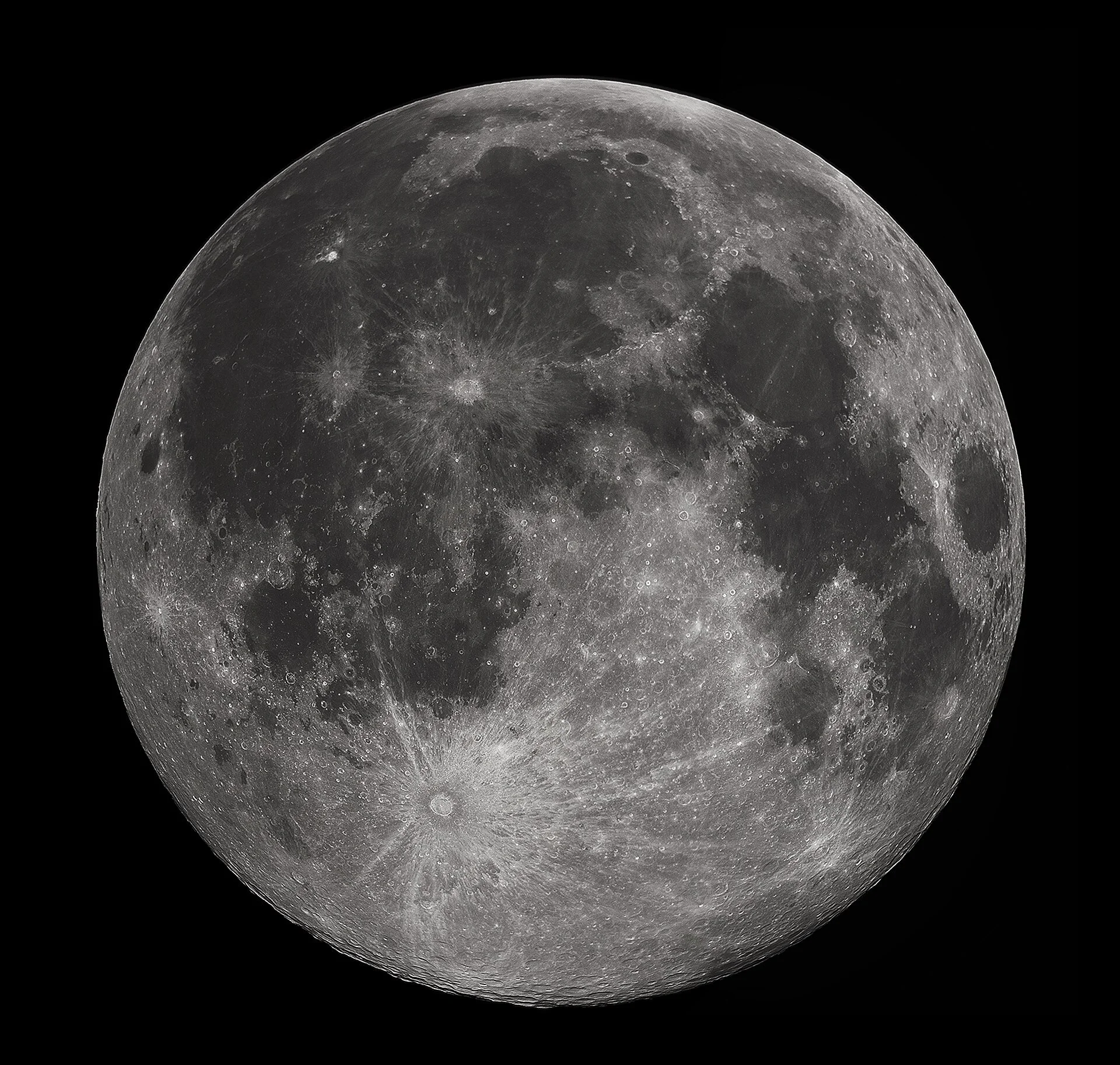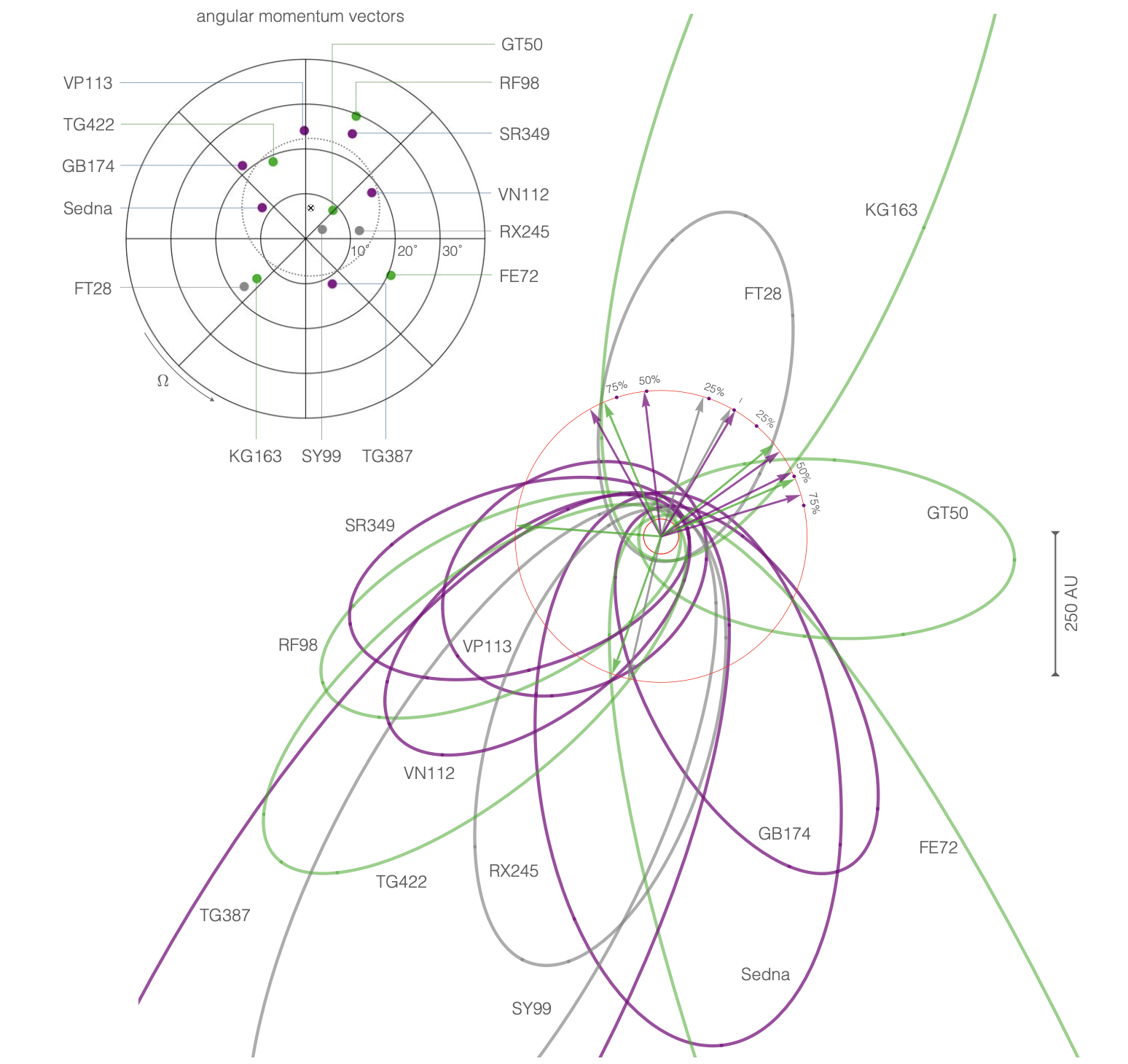Research
Collection of Research Projects undertook both at Yale University and California Institute of Technology.
Picture Credit: Gregory H. Revera
The Search for Lunar Trojans Using Non-Symplectic Integration Techniques
Mentor: Mike Brown
Project Description: The two-body problem within planetary dynamics describes the well-defined interaction between two isolated point masses affected by mutual gravitational attraction. However, once a third mass is added to the system (such as that of the Moon or of a co-orbital Lunar Trojan), the equations of motion of the N-body problem become analytically unsolvable. Fortunately, approximations using numerical integration schemes introduce an opportunity to map the trajectory of the masses at each defined time interval. Whether a symplectic, non-symplectic, or hybrid integration architecture is used depends on the dynamical structure of the system. We are particularly interested in the equilibrium solutions of the Earth-Moon-Sun System at Lagrangian points L4 and L5, as these regions, which lie co-orbital with the Moon, could be potential hosts to Lunar Trojans. In this work, we investigate the capture probabilities of Near-Earth Objects (NEOs) using a source population of 802,376 NEOs from realistic orbit and source-specific absolute magnitude distributions derived by Granvik et al 2018. Using IAS15, a non-symplectic high-order algorithm within the N-body integration package REBOUND, we perform various collections of integrations on the orbits of the synthetic population and extract both the probabilities of transformation from NEO to Trojan, as well as gain insight on the mean lifetime of NEOs as a function of their escape route. Previous studies show that objects that move in tadpole orbits about the triangular equilibrium points tend to remain in these stable orbital configurations for millions of years. Therefore, since NEOs act as invaluable dynamical and compositional tracers of both various places and time periods within the planetary system, we hope to better comprehend the origins of the system’s dynamical history by quantifying the rate of NEO capture within Earth’s sphere of influence.
Project Paper: In prep.
Batygin & Brown (2019)
The Signature of Planet Nine in Earth’s Orbital Elements
Mentor: Malena Rice
Project Description: An outstanding mystery in the outer solar system is the origin of the unexpected orbital clustering of extreme trans-Neptunian objects observed with semi-major axes in excess of 250 AU. One proposed hypothesis for this alignment is the gravitational influence of a distant, undiscovered solar system planet known as Planet Nine. In this work, we apply the REBOUND orbital integrator to quantify the gravitational influence of the proposed Planet Nine on Earth’s orbital evolution. In particular, we demonstrate the effects of a ninth planet as compared with analogous perturbations induced by relativistic effects, potential stellar flybys, and measurement uncertainties in the Earth’s orbital ephemerides. By examining the collective effect of Planet Nine on Earth’s orbit over Myr timescales, we demonstrate the regions of parameter space in which a Planet Nine could feasibly be ruled out based on the absence of detected perturbations to Earth’s orbit.
Paper: In prep.

